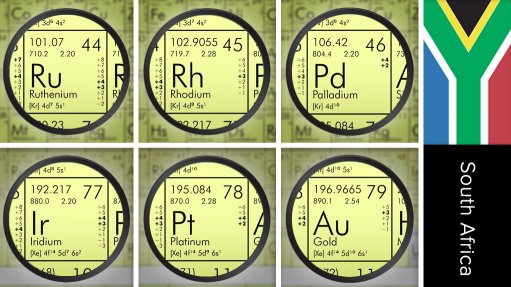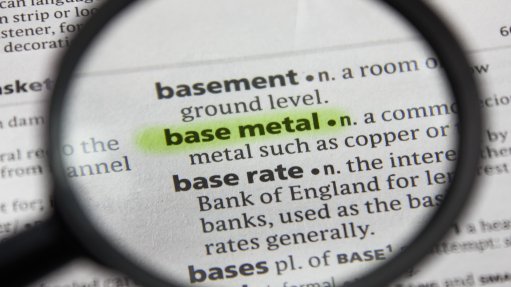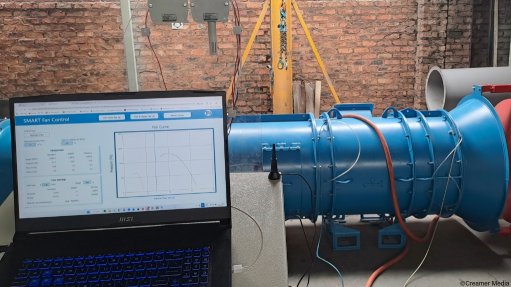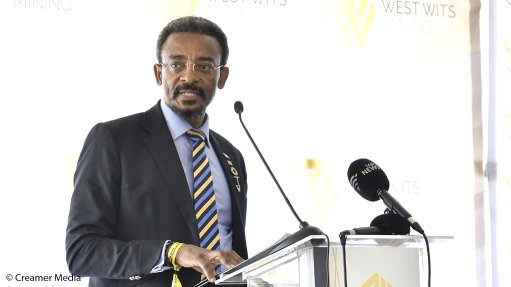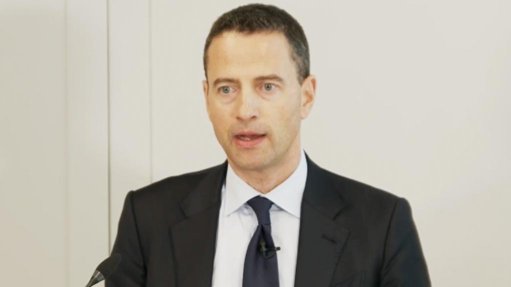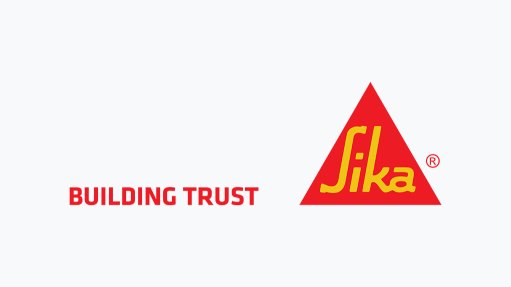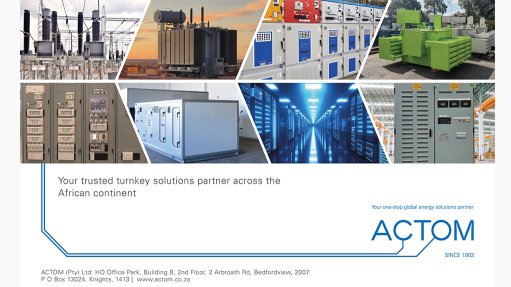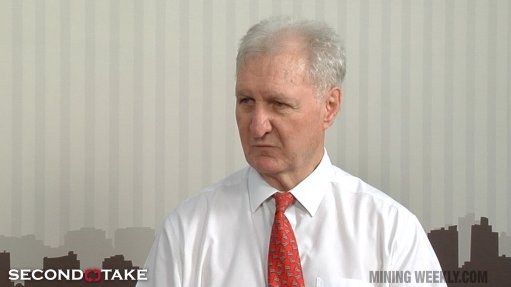Sapema talks respiratory legalities for manufacturers, procuring companies
Selecting the correct respirator is crucial for the correct protection level depending on what hazards one is exposed to.
Ensuring that you choose the correct supplier or distributor for your respiratory products is now also more important now than ever because of the Covid-19 pandemic, the Southern African Protective Equipment Marketing Association (Sapema) has said.
The association presented a discussion on respirators to kick off the Electra Mining Africa 2020 Connect virtual event, for which Creamer Media's Engineering News & Mining Weekly are partners.
During the webinar, safety and consumer goods manufacturer 3M personal safety regional business manager Jaco Combrinck pointed out that Covid-19 had put a spotlight on personal protective equipment (PPE) and, particularly, respiratory protection and hygiene products.
In South Africa, respiratory requirements are most often needed in mining and industrial applications, to protect against tuberculosis in many cases, but never has South Africa needed to protect such a wide range of employees against a global virus.
Combrinck said manufacturers had to rethink their offering to take into account a wider audience and Covid-19-specific factors, while remaining compliant with regulatory standards.
3M personal safety division application engineer and regulatory manager Rani Naidoo explained that the process of selecting the right respirator did not start with selecting a respirator at all, but rather with assessing the environment that the protection was required for.
She noted that companies with no respiratory programme in place often approached 3M, which would then first assess the hygiene report of the client to determine the risks on site and find the most suitable product for the environment in which staff were working.
“When understanding respiratory risks, there is a hierarchy of controls: before selecting PPE, a company needs to firstly consider the elimination of the hazard from the area [then] whether the hazard can be substituted or replaced and, thereafter, engineering controls, which involve isolating people from the hazard of build machinery around the area, depending on the hazard.
“Next, companies need to consider administrative controls, which entail changing the way people work, if they are working in an unsafe manner, and adopting new operational procedures. Only after these steps have been exhausted does a company need to consider PPE.”
Responding to a question by the moderator of the discussion, Naidoo explained that there was a difference between a face mask and a respirator; masks help to protect people and the environment around the user, from the user’s contamination, while a respirator offers a tight seal around the user’s breathing zone, effectively protecting the environment and the wearer.
She said a respirator could take some getting used to, as it does not provide for easy breathing compared with a face mask.
Naidoo further noted that South Africa followed the European standards for respirators – the EN149 standard. All respirators in South Africa need to be homologated by the National Regulator for Compulsory Specifications.
Before acquiring a respirator, Naidoo pointed out, a respirator fit test had to be conducted to determine the correct size and model of respirator for each user.
Currently, 3M is encouraging the use of reusable respirators or powered air systems for healthcare workers, owing to the shortages of masks globally.
Naidoo stressed the importance of inspecting a respirator before use to determine defects in the product that relate to it fitting properly or filtering properly, as a defective product would defeat the purpose of why it was being worn.
STANDARD DIFFERENCES
In responding to the differences between, for example the KN95 and N95 masks, Naidoo explains that the differences between these products was in the country where it was manufactured's respiratory standard approval.
“N95 is an American regulatory standard (non-oil resistant) and the 95% stands for filtering efficiency. KN95 comes out of China, so it is the Chinese regulation standard. It also has 95% filtering efficiency.
“FFP1, 2 or 3 are European standards. India and Korea also have their regulatory standards,” Naidoo explained, adding that there were similar testing methods between these products, but with slight differences in methodology.
However, Naidoo highlighted that, despite the masks being similar in their filtering efficiency and standards, there were some that were not legally allowed to be sold in South Africa.
For example, she says that N95 seems to be what everyone is looking for, which has a surgical variation, which is only used by the medical fraternity, and the industrial N95s.
“Regardless which one you’re looking for, neither one is legally allowed to be sold in South Africa.” Instead, South Africa has legally permitted the European standard respirators to be used.
With this being unfamiliar territory and compliance information not being readily available, Naidoo and Combrinck strongly urged companies to reach out to the Sapema team for clarity and legal considerations around the intricacies of respiration.
CHANGING EXPERTISE
On the topic of manufacturers having to adapt to new requirements and new demand, Uvex Safety product and business development manager Karl Rottcher said the entire country had to learn sailing in unchartered waters.
“Where is it easy for us to advise on PPE for industrial applications, in understanding the risks around dust and fumes, we have [also] had to become experts in protecting against Covid-19.”
He explained that, besides masks and respirators becoming a common occurrence for society and business alike, eyewear protection had also become increasingly critical for all-over sealing and protection.
Companies have also had to learn about fit-testing.
Combrinck explained that face fit testing for respirators was not mandatory in South Africa, unlike in the UK and the US, but said it was a good idea for these products to be fit-tested to ensure their efficiency for the end-user.
As part of fit-testing, it often requires the medical evaluation of a user to ensure they are fit to wear a respirator, which may not be the case for an asthma sufferer.
Globally, there are two fit-test methods being used. The first involves a qualitative test that serves as a low-cost alternative to the second method, which is quantitative fit-testing.
Combrinck noted that qualitative testing involved fitting a hood over an end-user before a solution is sprayed. If the user tastes the solution, then the mask does not fit properly.
The quantitative testing involves a costly system of more than R200 000 that uses a particle counting method to fit-test a mask, without requiring the end-user to be there.
3M recommended that fit-testing of respirators be part of the respiratory programmes implemented on site.
There is no specific standard for fit testing in South Africa, but typically the Occupational Safety and Health Administration guidelines apply.
Combrinck suggested that companies reach out to the South African Bureau of Standards to ensure legal compliance for the manufacture and supply of respirators.
Article Enquiry
Email Article
Save Article
Feedback
To advertise email advertising@creamermedia.co.za or click here
Press Office
Announcements
What's On
Subscribe to improve your user experience...
Option 1 (equivalent of R125 a month):
Receive a weekly copy of Creamer Media's Engineering News & Mining Weekly magazine
(print copy for those in South Africa and e-magazine for those outside of South Africa)
Receive daily email newsletters
Access to full search results
Access archive of magazine back copies
Access to Projects in Progress
Access to ONE Research Report of your choice in PDF format
Option 2 (equivalent of R375 a month):
All benefits from Option 1
PLUS
Access to Creamer Media's Research Channel Africa for ALL Research Reports, in PDF format, on various industrial and mining sectors
including Electricity; Water; Energy Transition; Hydrogen; Roads, Rail and Ports; Coal; Gold; Platinum; Battery Metals; etc.
Already a subscriber?
Forgotten your password?
Receive weekly copy of Creamer Media's Engineering News & Mining Weekly magazine (print copy for those in South Africa and e-magazine for those outside of South Africa)
➕
Recieve daily email newsletters
➕
Access to full search results
➕
Access archive of magazine back copies
➕
Access to Projects in Progress
➕
Access to ONE Research Report of your choice in PDF format
RESEARCH CHANNEL AFRICA
R4500 (equivalent of R375 a month)
SUBSCRIBEAll benefits from Option 1
➕
Access to Creamer Media's Research Channel Africa for ALL Research Reports on various industrial and mining sectors, in PDF format, including on:
Electricity
➕
Water
➕
Energy Transition
➕
Hydrogen
➕
Roads, Rail and Ports
➕
Coal
➕
Gold
➕
Platinum
➕
Battery Metals
➕
etc.
Receive all benefits from Option 1 or Option 2 delivered to numerous people at your company
➕
Multiple User names and Passwords for simultaneous log-ins
➕
Intranet integration access to all in your organisation






